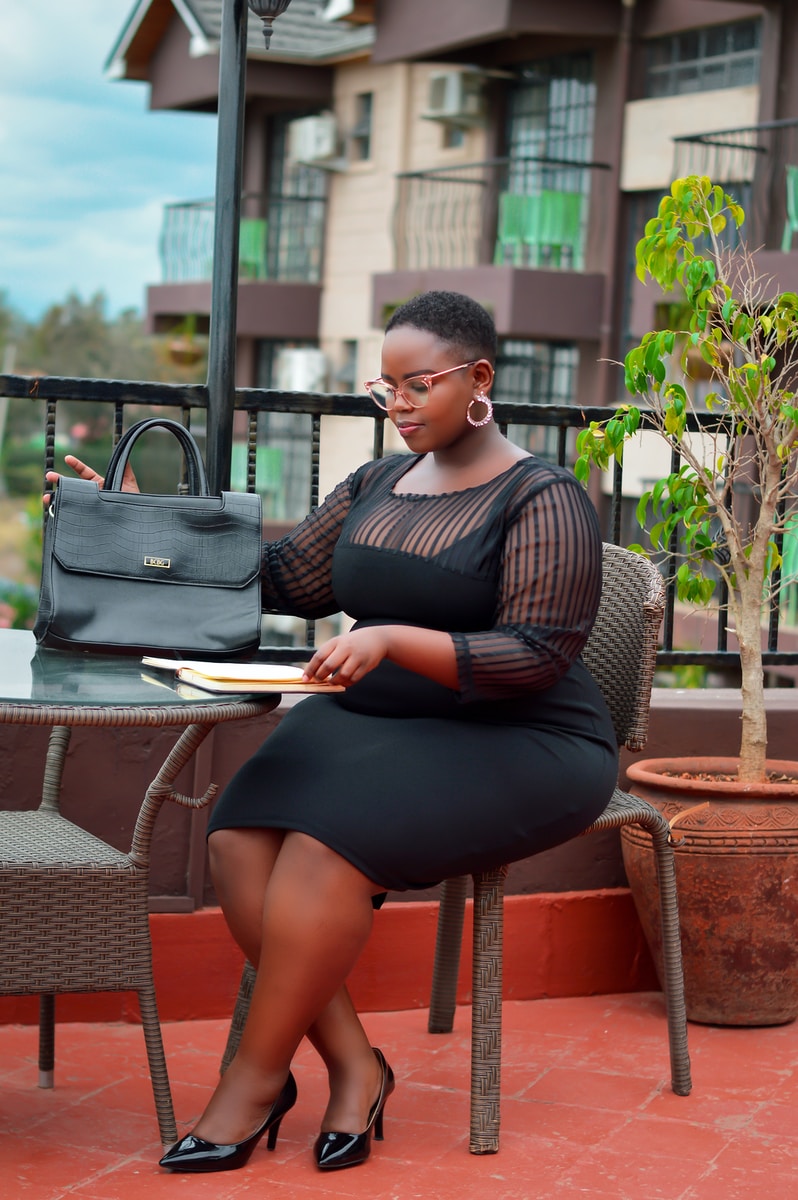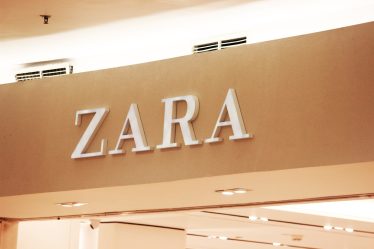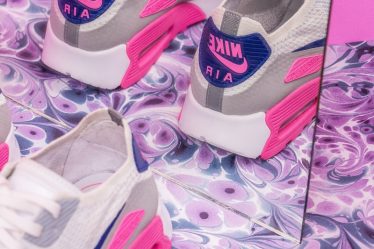
If you were a statistician tracking the growth of the size-inclusive fashion market, you could point to a number of data points that say that .hopping as a plus-size person is easier and more accessible than it was even a decade ago. On the surface, that’s true: In the last 10 years, shoppers have seen an exponential improvement when it comes to retailers offering a size 16 and up and more affordable prices, particularly when it comes to fast fashion. (There are more niche options from smaller, independent brands than ever before, too – eveningwear, workwear, luxury, athleisure.) Although we’ve made great strides, it’s still difficult to find sustainable brands that are inclusive of larger sizes.
There are many facts out there about how harmful fast fashion can be for both the workers who make the clothes and the environment there seem to be even more anti-fast fashion brands and .campaigns .to remind us of this fact, too. It’s not unusual for celebrities and influencers to be shamed or criticized for buying or promoting fast fashion. While we all need to reduce our carbon footprint, does the general message that we “all” should shop from sustainable retailers make sense if more than 60% of women aren’t included on the size charts?
Consider the variety of choices available. The market for ethical and slow fashion is smaller than the straight-size market. This means that there will be fewer options for plus-size customers. You can count on ethical brands that offer sizes 22-24, as well as the rest of this market. This is before you consider the price and style preferences.
Marielle Elizabeth, a writer, photographer and expert, believes that plus-size shoppers should not be held to the same standards of straight-size customers. In particular, a person who is 26 or larger has had to limit their shopping to just one or two stores in the past five years. “Plus-size people, regardless of whether we’re talking about ethical fashion or fast fashion, have really only been able to buy pieces in their size with any level of trendiness – and even that feels tenuous as a plus-sized person – in the last few years,” she says. “Many plus-size people are still trying to figure out their style and how they dress.”
Shaming plus-size customers for buying from a retailer that finally caters to their style needs might be a mistake. This is especially true when you consider that being fat means you are marginalized in more ways than just shopping. Elizabeth shares that it is well-documented that fat people get less pay and are given fewer opportunities for professional advancement. All of these things make it difficult for plus-size women to spend ethical fashion’s high prices.
It is true. Although the term “ethical” has become a trendy word in fashion, it refers to brands with a traceable supply chain where every worker involved in the production of a garment is paid a living wage and provided with safe working conditions. Ethical fashion is often more expensive than fast fashion because it underpays workers and uses other questionable, corner-cutting practices. Sustainable fashion is more expensive, which can make it difficult for people from marginalized communities to access sustainable fashion. Although it is possible to buy clothing secondhand, this is more cost-effective and keeps fashion from going to landfill. However, there are sometimes sizing restrictions.
Gianluca Russo is a plus-size fashion expert who has written the book “The Power Of Plus”. He says he has mixed feelings regarding tagging fast-fashion brands via social media. “It’s nerve-racking for me to tag brands I wear on Instagram as a plus-size fashion expert, especially when I know the majority of them are in fast fashion.” He shares the truth: “That’s all I have.” “As a plus-size male, my options for clothing is limited.”
Russo admits that he is uncomfortable sharing brand names. However, he says that it is better than the alternative.
Elizabeth said that her goal is to make the movement more inclusive than to exclude people, even though regulations have not yet been established. She says that the main question in ethical and sustainable fashion is how can we make it more accessible to everyone, and not who is most ethical. Both of these things often stem back to financial privilege. I don’t believe that it is a good idea to vilify influencers who are making people feel better about themselves and making them feel confident in the clothes they wear.

She also points out that consuming conscious doesn’t necessarily have to be a one-size-fits-all experience. You can make small changes or gradual shifts, such as swapping out a few high-end fashion items for one that lasts a long time. As Elizabeth says, even something as small as changing how you wash your clothes or committing to repairing clothing instead of tossing and replacing it can make a positive impact environmentally.
Elizabeth says, “We continue to try to get people functioning at 100% rather than just trying to get everybody participating at like 10%.” “And I think about that a lot when it comes to the work I do working with the intersections between plus-size fashion and ethical fashion: How do I get someone that’s never bought an ethical garment ever before to buy one single ethical garment?” An even easier first step: Following creators like Elizabeth, who share slow-fashion brands and resources regularly. Because, yes, sustainable size-inclusive brands do exist.
Are there more ethical fast fashion brands that claim to be ethical? Yes. Still, even if every slow-fashion brand did offer plus sizes, the fact remains that most plus-size shoppers have a very different experience with style and clothing than straight-size shoppers have – and as long as fat bias and discrimination exist, this will remain the case. This concept extends beyond plus-size customers.
As Elizabeth says, “I think collectively the goal should always be to consume less and make better purchases, but I think the way in which we view ethical, sustainable, and slow fashion needs to hold space for people that have different barriers that they’re facing, whether that be size, whether that be gender, whether that be disability, whether that be race.”
Perhaps, one day, fashion industry will be able to see these differences and make real changes for everyone.




